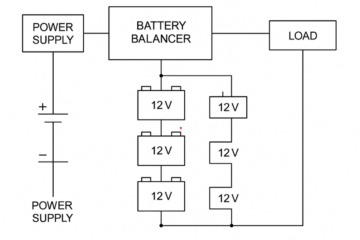The Commodore 64 was NEVER more expensive than the TRS-80 Color computer or any other equivalent computer (the Sinclare ZX series was not as powerful). This article is more about setting the record straight on Commodore than it is a criticism of the Ready Player One movie or book.
Did you like the Ready Player One movie and / or book? I sure did. But there’s something I just can’t get past.
Somewhere near the beginning of the Ready Player One book it makes a comment about a Commodore 64 costing “slightly more” than a TRS-80 Color Computer. That JUMPED out of the page at me as an egregious error.
I bought my Commodore 64 in 1984 at a Service Merchandise in Columbus, GA, so I know first hand how much they cost. It never cost more than a TRS-80.
The book puts a very definitive timestamp on the date of their claim the the C64 cost more than the TRS-80C. 1972 is given as the birth year of the James Halliday character and his age of 15 when he was given a TRS-80C for Christmas. That makes the year about 1987 which means that it was either a TRS-80C II or III model. Those TRSs were certainly much cheaper than the original price of the first TRS-80C introduced years before. But the same pricing paradigm applied to Commodore and they were always ahead of the competition. In fact Commodore was the company establishing and dictating prices.
It must be remembered that one of Mr. Tramiel’s parmamount objectives at Commodore was to always under-price the competition. By 1987 the approximate production cost for a Commodore 64 was about $30-$40. Commodore’s traditional markup was about two to three times that amount (also an industry standard), plus whatever the retailer wanted to make.
Commodore was more than capable of under-pricing and out-competing all of its competitors because it owned its own chip fabrication company (MOS Technology). Commodore in the 1980s would be equivalent to Dell owning Intel AND Microsoft.
In the end, the date in the book is really irrelevant. That’s because the TRS-80 Color Computer ALWAYS cost more than a Commodore 64 at any point in time. Well, at least when they were both new and sold at retail. And finally, even though the price of the Commodore 64 was less than all of its competitors it was not a “cheap” computer. It had far more capability than its competitors.
Please forgive any of my commentary that might seem critical of what is only a minor error in the book. I’m not trying to criticize the book, but instead make sure that the true history of the Commodore 64 is known. No offense is meant towards the book, movie, or the Trash 80, err, TRS-80 Color computer. Yes, I was a Commodore disciple in the 1980s, but have since grown to appreciate and love all computers from that era. I did not include any accolades about the movie and book as so many others have stated far more than I could about the different enjoyable aspects of both media forms.
Hopefully Jack Tramiel is smiling from his grave on the mistake made in the book. I hope his sons got a good chuckle from it too.
A minor technical note for the sake of the TRS-80C: the TRS-80 Color series of computers is different than the similarly named TRS-80 Model I, II, III, etc. series from Radio Shack.
Watch 8 Bit Generation: The Commodore Wars and The Commodore Story to listen to the people like Jack, his son Leonard, Chuck Peddle, Michael Tomczyk, and many others. Read the book by Mr. Tomczyk, The Home Computer wars. These are the people that were there, lived through it, and made the decisions that made the Commodore 64 more than all of its competitors AND cost LESS…


